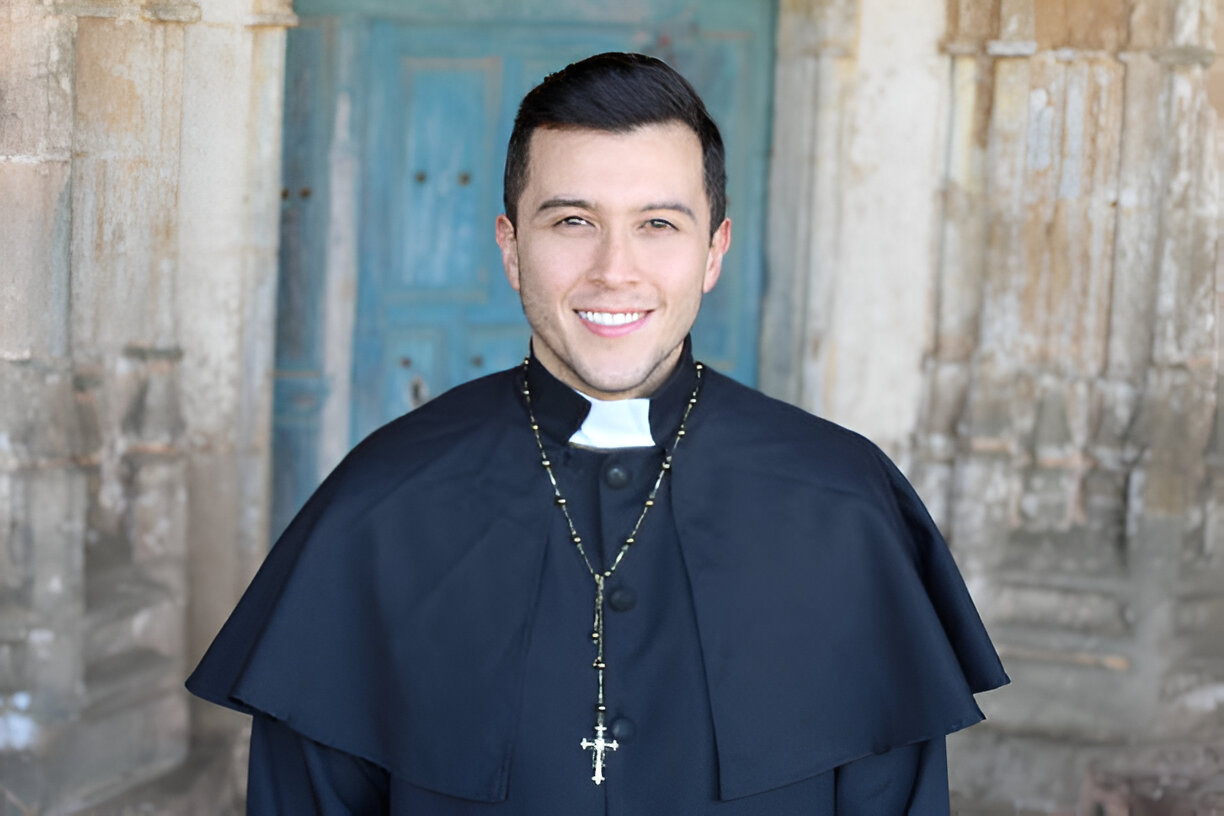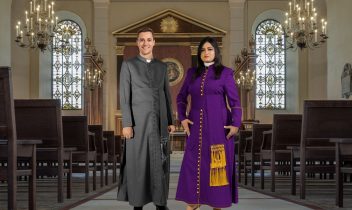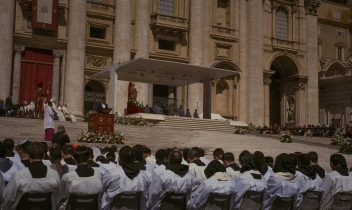No products in the cart.
Return To Shop
What Makes Priestess Robes So Iconic?
Priestess robes are not just garments but symbols of tradition, spirituality, and individuality. Each piece tells a story, from the vibrant red robes of Catholic priests to the serene white albs worn during ceremonial occasions. This article takes you on a journey to explore the fascinating world of clergy robes, diving into their history, meanings, and modern-day significance.
A Walk Through Time The Origins of Clergy Robes
The story begins centuries ago when religious leaders adorned themselves in special garments to signify their roles within the community. In medieval times, robes were simple, often made of natural fibers like wool.
Over time, these garments evolved to reflect the church’s hierarchy and the significance of various liturgical celebrations.
For example, the medieval priest robes were often dark and modest, symbolizing humility. Contrastingly, the priestly robes in the Bible had vibrant colors and intricate designs, showcasing divine authority.
The Symbolism Behind the Colors of Clergy Robes
Colors play a significant role in the narrative of clergy robes. Each hue carries its own meaning and purpose:
- Red: Seen in Catholic priest red robes, red symbolizes the Holy Spirit and martyrdom. It is often worn during Pentecost and feasts of martyrs.
- Green: The Catholic priest green robes represent hope and growth, commonly worn during Ordinary Time.
- Black: The priest in black robes signifies mourning or penitence, used in somber occasions like Good Friday.
- White: Symbolizing purity and joy, Catholic priest white robes are worn during Easter, Christmas, and baptisms.
- Purple: Associated with penance and preparation, purple robes are prominent during Lent and Advent.
Each color is a chapter in the clergy’s story, reminding both the wearer and the observer of spiritual truths.
Styles and Variations of Clergy Robes
The variety of clergy robes is as diverse as the traditions they represent. Here are some iconic styles:
- Alb Priest Robe: A long, white garment worn underneath other vestments, representing purity.
- Anglican Clergy Robes: Often include cassocks paired with surplices, reflecting a blend of tradition and practicality.
- Presbyterian Clergy Robes: These tend to be simpler, emphasizing the minister’s role as a teacher.
- Methodist Clergy Robes: Known for their tailored designs, these robes reflect a commitment to inclusivity and simplicity.
- Medieval Priest Robes: Featuring heavy fabrics and modest designs, they remind us of the church’s historical roots.
Each style tells a different tale, reflecting the values and practices of the denomination it represents.
[ux_product_categories number=”10″ parent=”0″ columns=”4″ title=”Our categories” ]
Modern-Day Clergy Robes: Where Tradition Meets Innovation
Today, clergy robes continue to evolve. Personalized options, such as custom-made clergy robes and plus-size clergy robes, ensure inclusivity. Additionally, clergy robes for sale now come in a variety of fabrics, colors, and designs, catering to the diverse needs of modern clergy.
Accessories like clergy robe bags and garment bags ensure these sacred garments are well-preserved. Retailers even offer second-hand clergy robes for those seeking affordable options without compromising on quality.
A Story of Individuality: Personal Choices in Clergy Attire
While robes signify unity within the church, they also allow for individual expression. Consider the blue clergy robes worn for Marian feasts or the pink priest robes used on Gaudete Sunday to express joy. Each choice reflects the clergy member’s connection to their faith and congregation.
Some clergy even opt for unique designs like bishop clergy robes with elaborate patterns or women’s clergy robes tailored for female ministers. The white and gold clergy robes for weddings or the black and red clergy robes for solemn celebrations add another layer of depth to the narrative.
Practical Aspects of Clergy Robes
Functionality is an essential part of the clergy robe story. Many clergy wonder:
- What do priests wear under their robes? Typically, they wear a cassock or simple undergarments for comfort.
- What do you call a priest’s robe? Robes can be referred to as albs, cassocks, or chasubles, depending on their design and purpose.
These practical details highlight the balance between tradition and everyday use.
Conclusion:
Clergy robes are more than attire they are a testament to faith, tradition, and personal expression. From the symbolic colors to the diverse styles, each robe tells a story, connecting the past to the present. Whether you’re drawn to the simplicity of a white alb or the grandeur of a red chasuble, the world of clergy robes is rich with meaning.
If you’re looking to explore or purchase clergy attire, visit Holy Clergy to find a collection that suits your needs and reflects your story. Stay tuned for more insights into the world of clergy wear and traditions.
Frequently Asked Questions (FAQs)
Why do clergy wear robes?
Clergy robes symbolize their sacred role, signify humility, and connect them to centuries of tradition.
What are clergy robes called?
They are often referred to as albs, cassocks, chasubles, or surplices, depending on the design and use.
What is the significance of robe colors?
Each color represents a spiritual theme, such as red for the Holy Spirit, white for purity, and purple for penance.
Where can I buy clergy robes?
You can purchase a variety of clergy robes at Holy Clergy, which offers high-quality and customizable options.
Can clergy robes be personalized?
Yes, modern retailers offer custom-made robes to cater to individual preferences and sizes.
What are Catholic priest robes called?
Catholic priest robes include cassocks, albs, and chasubles, among others.
What does the color of a priest’s robe mean?
The colors signify different liturgical seasons and themes, such as red for the Holy Spirit or green for growth.
What do priests wear under their robes?
Priests typically wear an alb or cassock beneath their outer vestments.
For more insights and high-quality clergy attire, visit Holy Clergy today!








Recent Comments